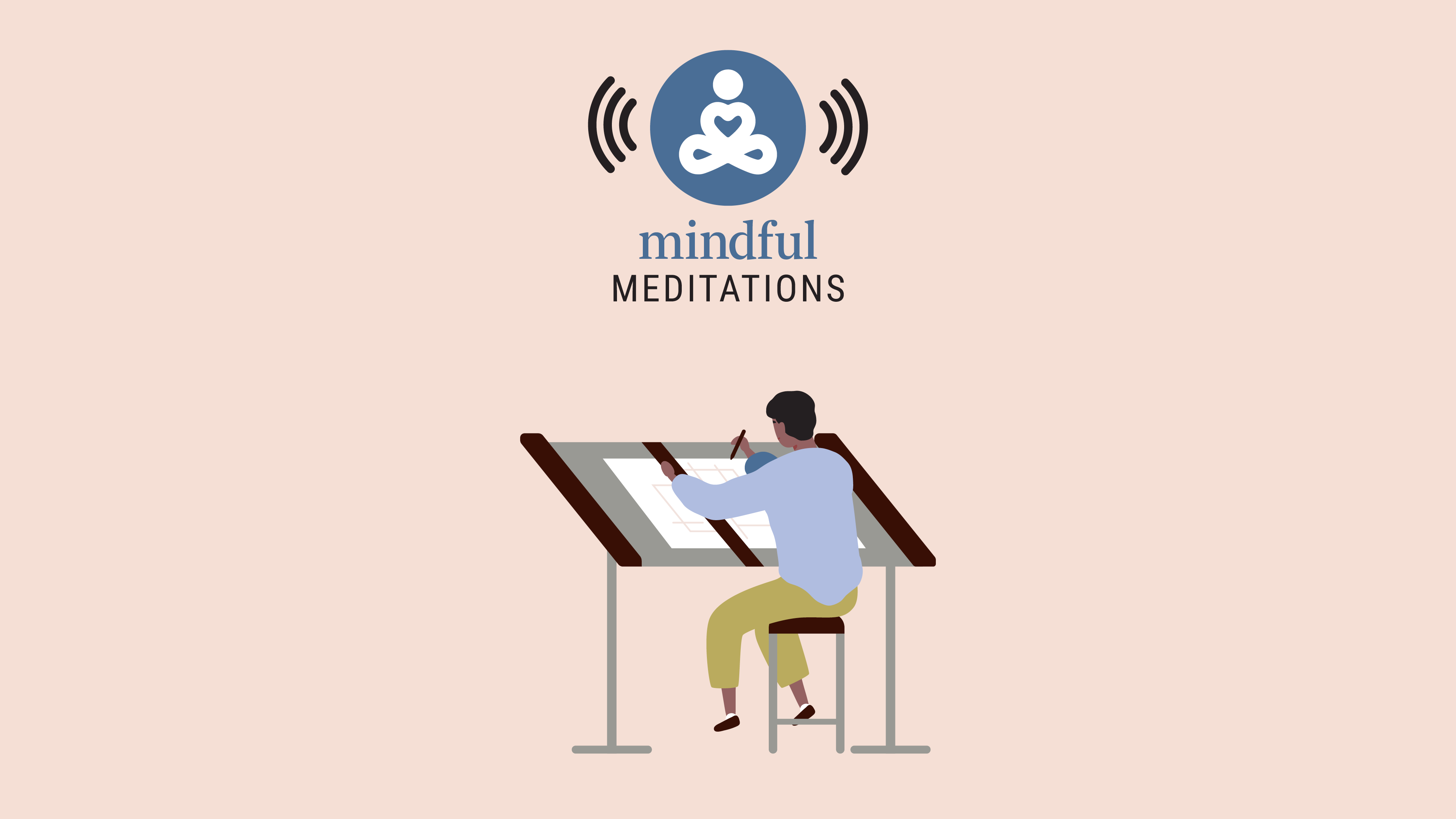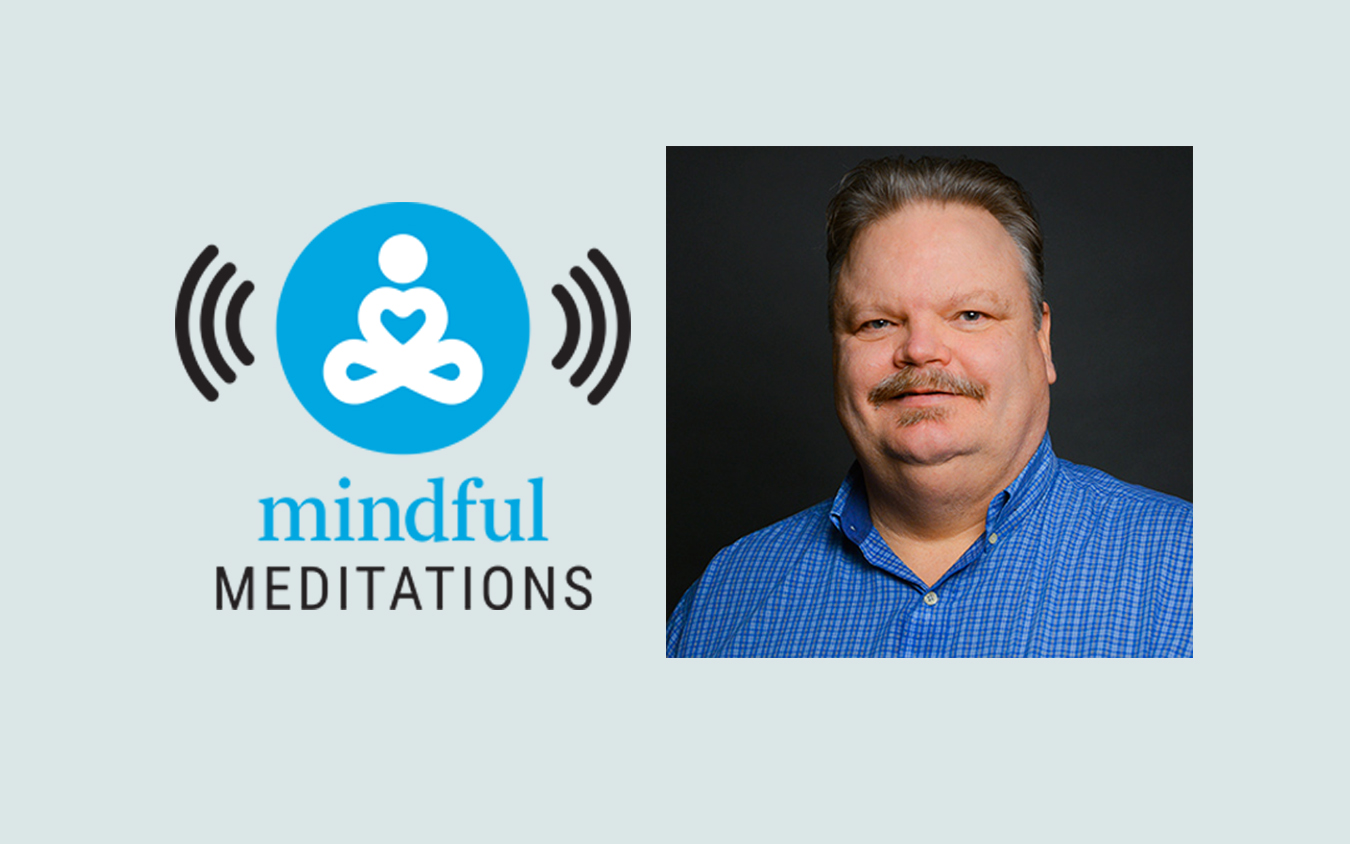As one of the developers of Mindfulness-Based Cognitive Therapy (MBCT) and through my work at the University of Toronto, I’ve witnessed a lot of good results for those who have learned a simple technique we call the 3-minute breathing space. In these 4 classes, we’ll be learning and practicing this technique, and we’ll explore two different versions of it.
The goal of this practice is to use it as a tool in our regular daily lives—those same lives that are filled with jobs and family and attempts to squeeze in some exercise and get the grocery shopping done. But before this starts to seem like another item for the to-do list, consider how creating breathing space around anything makes everything go a little smoother. What we’re talking about here is developing our ability to ground ourselves, to return to present-moment awareness, and to fully find ourselves at any moment, regardless of what we happen to be occupied with at the time.
What’s great about the 3-minute breathing space, in addition to its effectiveness, is its adaptability. So, let’s get right to it and learn the basics.
How to Create Some Breathing Space
Watch the video:
Listen to the practice
How to Create Some Breathing Space
Read the practice:
- Find a place to sit (if you’re not already doing so), where your body feels supported and you feel comfortable.
- When you’re ready, and if it feels right, close your eyes. Or if you prefer, let your gaze rest about three or four feet in front of you, with the muscles of your face and eyes relaxed and at ease.
- Take a moment to tune into the sensations of sitting: if you’re in a chair, feel your feet pressing into the floor. Sense your body settling; your spine rising up from the pelvis; your neck and head balanced.
- Now let’s look into our minds a bit: ask yourself, What is my experience right now? What thoughts are here? What feelings are present? What bodily sensations are making themselves known? Just allow anything you discover to be—there’s no need to change or alter anything in any way.
- Now let’s gently shift our attention to our belly and the breath. Feel the breath of the belly and the sensations of breathing: the rising of the belly on the in-breath; the falling of the belly on the out-breath. Give the mind just one thing to do here, feeling the breath as best you can, moment by moment.
- Now see if you can expand your attention around the belly. Allow your attention to radiate outwards from there, expanding it into the body as a whole. Feel the whole body sitting and the whole-body breathing—from the crown of your head to the soles of your feet. If it feels right, move your attention further outwards: feel the air caressing your body. And further still: expand your attention into the space, the room in which you’re sitting. Hold all of this as best you can in a wider and more open awareness.
- When you’re ready, gently allow your eyes to open.
I invite you to practice this 3-minute breathing space using this recording. As you
Explore Session #2
The Art of Attention
Practicing the 3-Minute Breathing Space in order to limber up our minds and shift our attention from auto-pilot to focus.
Read More
more mini-Mindfulness Courses
Introduction to Mindfulness Meditation with Barry Boyce
In this 2-part series, Barry Boyce will explore how to cultivate your attention with simple mindfulness practices.
Read More



